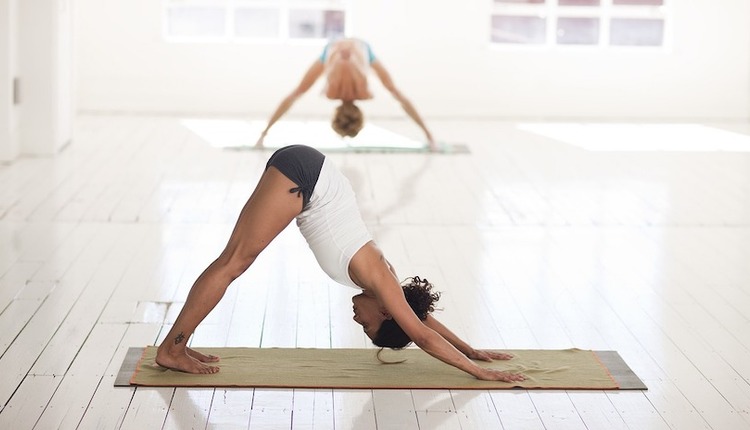
“Not everyone needs to be flexible, but everyone NEEDS to be pliable,” is a quote that really resonated with me when I was sitting in on my Level 1 Pliability Stretch™ Technique (PST) Certification Course.
I have been a fitness professional for over 20 years and have always believed flexibility to be very important for myself as well as my clients. However, I wasn’t exactly educated on pliability and what the difference was between pliability and flexibility.
My teacher, Mara Kimowitz, who is the creator of the PST, later used this great scenario in class. She stated that parents of young athletes always approach her asking questions like, “Can you help my daughter kick her leg up to her nose for her gymnastics competition?” She would reply, “That isn’t exactly what I do. I will train your daughter’s body to kick her leg up to her nose without injuring herself” — which clearly is a big difference.
Not everyone needs to touch their toes; however, everyone needs pliability to move without pain or limitation. Flexibility is the range of motion in a joint. Pliability describes more of the state in which your muscles are long and move without restrictions, which in return prevents injuries.
Pliability Stretch Training
PST focuses on training the client’s body to become more mobile, to work on full-body alignment as well as muscle evenness. Increased mobility improves circulation and functional movement and reduces muscle tension and soreness. Body alignment improves posture, muscle evenness and balance. All these benefits of PST ultimately help to prevent injury and keep people doing the things in life that make them happy without pain or limitation.
Unlike short or tight muscles, pliable muscles help clients continue to do the things they love even as they grow older. This is one reason why pliability is so important to the older community and active aging. Muscles weaken and tighten as we age, so a daily pliability and stretching routine is necessary. It will develop and strengthen the muscles as well as improve blood flow to provide a better quality of life and healthy aging.
Pliability is also important for athletes. Pliable muscles allow athletes to perform at their very best, train hard, recover faster and protect them from injury regardless of how high their activity level.
Tom Brady is a huge advocate for pliability training and has often spoken about his pliability routine and his practice to keep his muscle “soft, long and ready to move.” He says, “The key is complementing traditional strength and conditioning training with muscle pliability. Pliable muscles are softer, longer and more resilient; they help insulate the body against injury and accelerate post-injury recovery.”
Everyone needs more pliability in their lives. So, let’s stop the stressing and start the stretching! Remember a stretch or two a day keeps the injuries away! Happy stretching!
Nicole Delli Bovi is a veteran fitness and wellness professional with more than 20 years of experience. She specializes in pilates, corrective exercise, stretch therapy, muscle recovery, injury prevention, reiki and crystal energy healing. Visit www.nikkifithealthandhealing.com.










